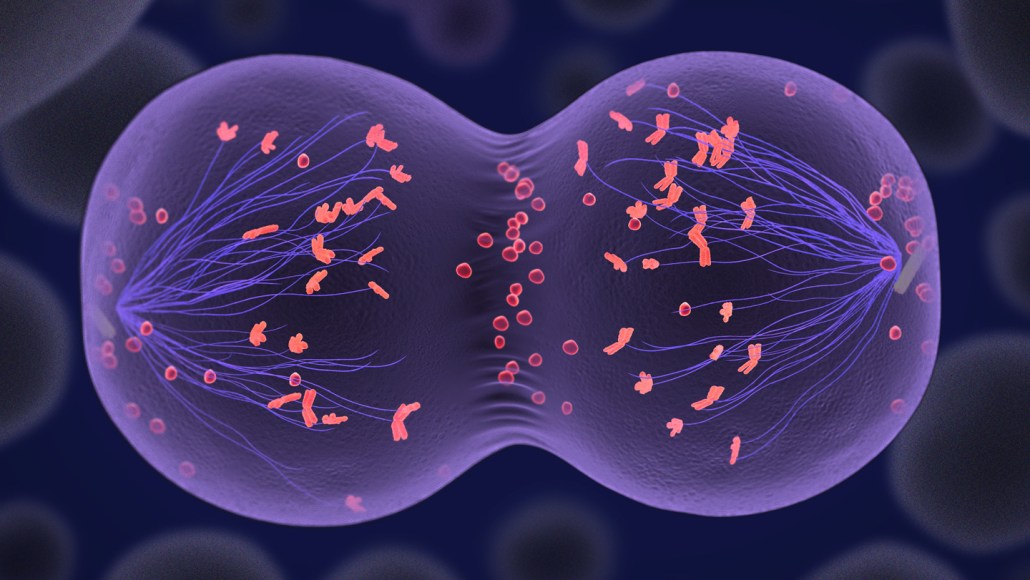
Genetics
Scientists created human egg cells from skin cells
The technique could someday help people without reproductive cells of their own have children. But much more research is needed.
Come explore with us!

The technique could someday help people without reproductive cells of their own have children. But much more research is needed.

This complete set of DNA carries all the basic “how-to” instructions an organism needs to grow, develop and live.

The variant gene is found on the X chromosome. This sex-linked trait for orange fur is found only in domesticated cats.

This DNA tweak in plants harnesses the same molecule behind our bad breath and transforms it into something worse: the stink of rotting flesh or dung.

DNA supports Picuris Pueblo stories of their ancestry going back more than 1,000 years — to the famous Chaco Canyon site.

Taste buds on those legs may explain why northern sea robins are so good at finding food that is buried in the sandy seafloor.

Scientists created mice with woolly mammoth–like traits. But that doesn’t mean we’re close to bringing back woolly mammoths.

Some question if these are just gene-tweaked gray wolves. Still, the tech behind the new "dire wolves" might help some living at-risk species avoid extinction.

Thermo Fisher JIC finalist Giselle Drewett wanted to know how lifestyle might influence a gene related to dyslexia.

Enzymes from animals helped a test plant make two nutrients essential for a balanced diet. Normally, those nutrients would only be found in meat.